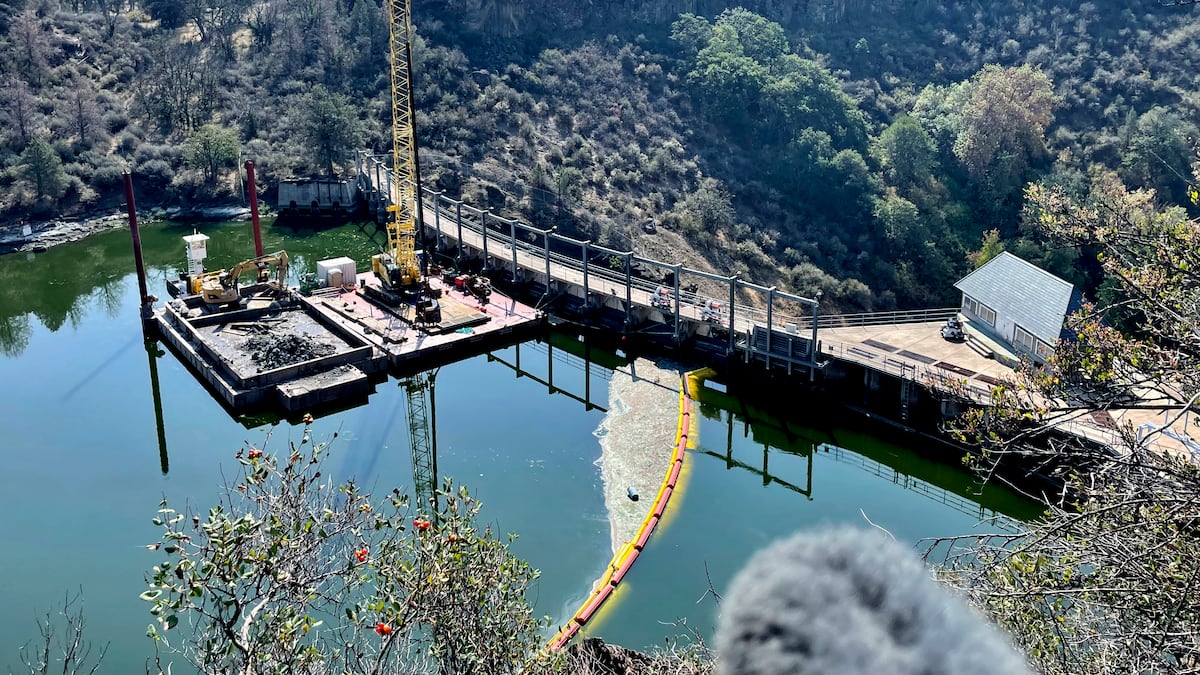Get the latest tech news
Acclimation of Osmoregulatory Function in Salmon
Download a printable version of this essay. As you know, salmon spend most of their life in the open ocean, where they reach sexual maturity, but lay their eggs gravel beds at the upper reaches of (freshwater) streams.
When the eggs hatch, the young salmon spend several months migrating downstream to the ocean where they remain for some 3-5 years. The purpose of this essay is to discuss one of those challenges how to keep the concentration and composition of their body fluids within homeostatic limits while migrating from fresh to salt water and back again that salmon must cope with during their life cycle. In their gill epithelial cells, salmon have a special enzyme that hydrolyzes ATP and uses the released energy to actively transport both Na+ and Cl- against their concentration gradients.
Or read this on Hacker News
